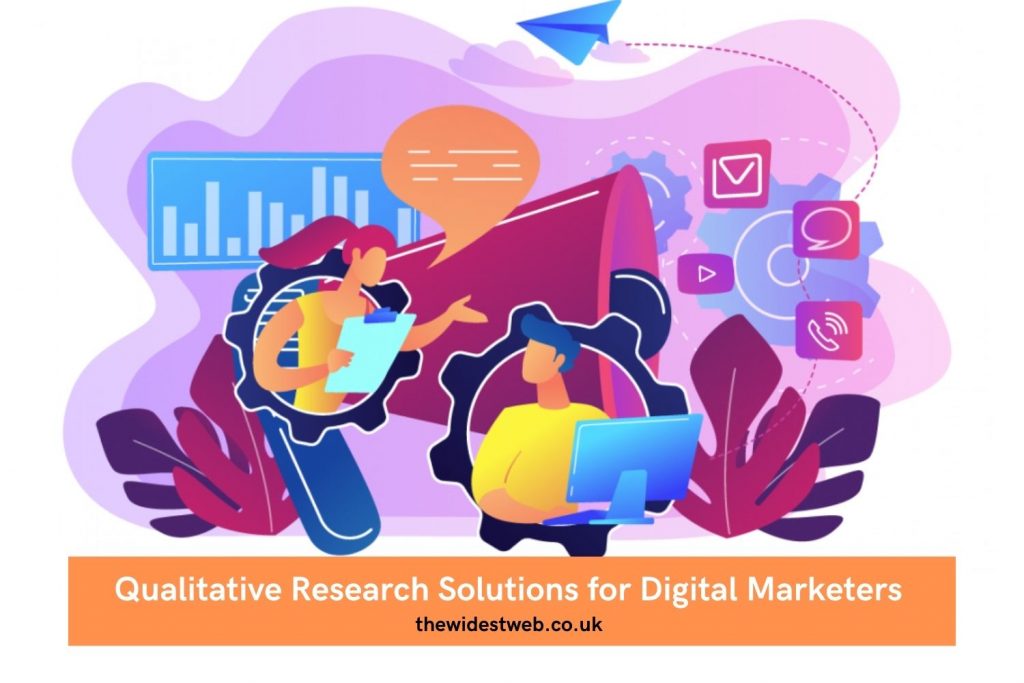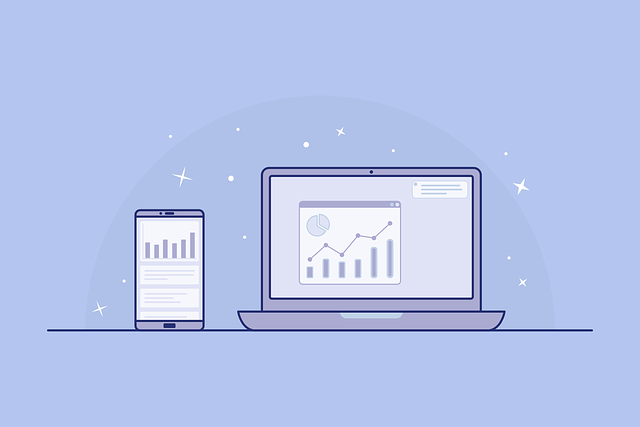
- Are you conducting market research?
- Do you need a qualitative research guide?
- Would you like to work according to the up-and-coming trends of 2022?
If your answer is “YES” to the above questions, then worry not as you have reached the right place. According to conversion rate optimization (CRO) statistics presented on Growcode for the year 2022, the average eCommerce industry conversion rate is 2.04%.
These statistics show that any growing industry would prefer new and modern trends for their business to thrive and for higher conversion rates. Therefore, to understand how one can take their business to the next level, you need to conduct research and data analysis.
More often than not, marketers tend to use the terms’ qualitative’ or ‘quantitative’ as a conjoined way to define the research. However, they don’t mean the same thing and are quite different.
Qualitative vs. Quantitative Research
Quantitative research, as the name suggests, talks about quantity as in numbers. Those numbers are quantified to create a larger sample size from methods like surveys, polls, etc. The goal of quantitative research is to back up qualitative research to conclude by taking the best course of action.
On the other hand, qualitative research, which we will be discussing further, is the motivation, thought, and underlying reason. From a marketing perspective, is the reason stated is consumer behaviour. The goal of qualitative research is to gain insights into customer motives and to answer the ‘why’ behind customer purchases.
7 Qualitative Techniques for Digital Marketers
Here are the top seven qualitative techniques for digital marketers of the new decade.
1. Conduct interviews and discussions

It is easy to conduct an individual interview over the phone through a conference call, Skype, or even in person. The concept is to talk to your ideal choice of a user or a pre-existing customer and ask them questions for follow-up learning, their motivation to buy the product, their brand loyalty and more to identify a more customer-centric marketing approach.
Get health article describes that, the purpose of conducting such research is the idea, that carrying out a spontaneous in-person survey where you don’t go in rehearsed or are strict about sticking to a script. If the customer talks back and gives any new detail, you catch up from there and ask follow-up questions to know better.
2. Create new personas

It is one of the more tried and tested market segmentation strategies that many companies tend to rely on for getting a broader perspective of their client base. Simultaneously, these marketers and their teams gather an ample amount of data from and about these customers. As there is an increasing abundance of data available out there, it can be complicated to attach the information to its specific segments.
Now by analysing the qualitative data that you have gathered, you’ll check what motivates you, the customer, by acting. Thanks to market digitalization, there are many trending digital tools available to help you in learning customer intent. The question is to see if you can tie the motivation to an existing qualitative research marketing persona. But if you can’t, you create a new one.
3. Go beyond numbers and conduct real-time observations

Another area where qualitative research works guaranteed with regards to marketing and marketing personas is going beyond the actual figures. Going beyond the numbers to getting to know the core basics behind what makes a customer move. Human nature is prone to changing quickly, and it can never stay content with one thing at a time. You, as a digital marketer, cannot be sure without proper analysis whether your customer would purchase your product and checkout with it or abandon the cart mid-shopping.
The disadvantage of quantifying the research is here when the marketer looks at a particular figure to denote the number of people who have been stopping before checkout and leaving their carts midway. But this doesn’t tell us anything. A real-time observation would be better to check and see what exactly the cause of the recurring pattern here is.
4. Include in customer’s daily lifestyle

Incorporate your real-time observatory skills into your customer’s everyday life. Organize sponsored parties and events where you can easily see and check how your customer behaves in particular regard to your product. For example, you sell a Spiderman leather jacket, and you organize an official Halloween party. Now your job here is:
- To make your brand known as a sponsor.
- Put up a stall of the jackets at the event.
- Keep a check as to how people attend the event.
- How do they react to your band and to the said product.
5. Keep record of your statistical results

The best way to back up and make the most of your qualitative research is to keep a record of your daily product experience. Whether it is theoretical, statistical, or even digital through a video recording, make sure you journal your daily achievements and keep them safe for later use in your marketing analysis. For example, you keep a record of the daily number of people who buy a variety of products from you. And then use the aggregate data for analysis afterward.
6. Value online interactions

Just as in-person conversations are necessary, online attributions are valuable too. Feedback and comments from customers online are now a marketer’s best friend. That phase of product marketing is over now where online reviews didn’t validate a purchase decision because now most consumer behaviour data stems from what the consumer read about the product online.
Social media is the key to success here. With the new decade on the rise, much of the marketing has been shifted to the more prominent social media platforms like Facebook and Instagram, where the forums’ features make it easy for advanced B2C marketing on the web.
7. Use mobile applications to your advantage

One of the more modern and newer techniques for IoT and digital marketing research is mobile apps. They allow you real-time insights into consumer behaviour and interaction with your product. Apps like Amazon and eBay have sustained business over the same strategy throughout the many years they have been working they use their own statistical data to drive product sales and conversions.
Conclusion
That’s about it! These were the seven wonders of qualitative research methods for 2022. It’s up to you now, how you use these to your advantage. Get going with your market research and be sure to understand your customers fully as the customer is king!
Author Bio
Stella Lincoln is currently working as a Brand Manager. She loves to devote her time to writing for her audience over different online platforms. She writes excellent content based on authentic facts and figures. She aims to enlighten her readers on all the eminent technological advancements of this era. Stella is an avid reader and travel freak as well

